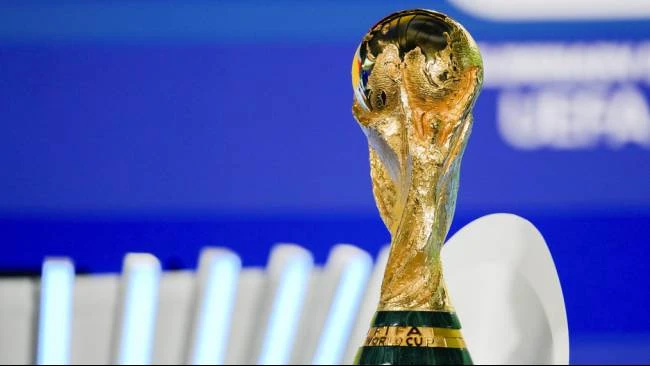In a surprising shift of tone, President Donald Trump announced a 90-day pause on increased tariffs for most trading partners of the United States, offering a temporary reprieve to dozens of countries—while simultaneously escalating the trade conflict with China.
The decision came just hours after sweeping tariffs on imports from over 60 nations had officially taken effect. Trump stated that he was authorizing a flat “lowered reciprocal tariff” of 10% for countries that refrained from retaliating against US trade measures, citing this as a reward for restraint and cooperation.
China, however, found itself in a very different position. In response to Beijing’s announcement of 84% retaliatory tariffs on American goods, Trump sharply increased US tariffs on Chinese imports to 125%. He accused China of showing a “lack of respect” and reiterated his intention to push back forcefully against what he called years of unfair trade practices.
Markets reacted with extreme volatility. Earlier in the day, news of rising debt yields and fears of global recession sent US Treasury interest rates climbing to their highest level in over a year. But after Trump’s tariff revision was announced, Wall Street rebounded dramatically—the S&P 500 surged by 9.5%, while the Dow Jones rose nearly 8%.
Trump defended the policy update, arguing that the pause was necessary to avoid economic backlash from allies and stabilize domestic markets. “I told them: if you retaliate, we double it. That’s what we did with China,” he said, adding confidently that “everything’s going to work out amazing.”
Not everyone agreed. Critics, including senior Democrats, described the sudden change as a political retreat. Senator Chuck Schumer accused Trump of “flailing” under pressure, while Republican Senator Tom Cotton warned American investors not to underestimate the risks of doing business with China.
Meanwhile, China’s Ministry of Foreign Affairs condemned the US tariffs as “bullying,” stating that any future negotiation must be based on “mutual respect and equality.” With both nations locked in a high-stakes standoff, analysts warn that trade between the world’s two largest economies could decline by as much as $466 billion if tensions continue to escalate.







